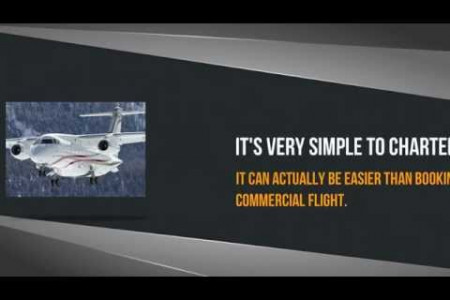
Top Tips To Become A Better Pilot
Top Tips To Be A Better Pilot As long as people have been able to fly aircraft, students have longed for a cheat sheet and some sage words of advice from their instructors, who tend to find themselves hearing the same questions and giving the same answers time after time. Whilst the ins and outs of flying an aircraft can change with the times and technology, there are some tips and tricks that never go out of style. Follow these tips and you'll find yourself becoming a better pilot in no time. Make Your Landings Accurate Both the most important and most difficult part of flying, landings have always been tricky. When landing, always try and touch down in the first 600-800 feet of runway. Mastering this means that you'll have little braking or manoeuvring to do on a standard 2000ft runway, and will have a much smoother landing experience all round. Land In Unfamiliar Airports If you don't fly often it's easy to get accustomed to specific airports and for unfamiliar ones to feel strange. Test yourself by landing in as many different kinds of airport as possible- large, small, commercial, private, urban and rural airports all have their own quirks, and the quicker you get accustomed to them the more comfortable you'll be touching down. Say "RPM, altitude, attitude, pattern" to 3> yourself every thirty seconds This is a classic pilots mantra that you should memorize at the first possible opportunity. RPM means check the power. Altitude is obvious. Attitude, where is the nose and what is it telling you? Pattern, what is your ground track and how does it relate to where you really want to go? Keep saying it and it'll develop a continuing scan that keeps the airplane exactly where you want it. Make Each Flight A Learning Experience If you fly for less than 35 hours a year, make sure you take something away from every trip to the skies. If you're not a regular flier it's vital that each flight should contain something that challenges you, no matter how large or small it may be. Try plotting an ETA in your head, and try and make at least one landing a touch and go. 5 Visualize all flight paths Constantly be aware of the ground track and visualize where you want the plane to fly. Then make it fly that exact path 9. Make 1 out of landings a short or soft field every Though it's rare that you'll actually need to use short or soft field techniques, practising them will improve your technique immensely. Besides, if you do ending up needing to use them, you don't want to be caught up short Be precise Precision in flying spells the difference between flying an airplane in a specific manner and flying it in an approximate way. We want the airplane to go exactly where we want it to go and the only way we can do that is by striving for exactitude in our airspeed, altitudes and positions. If the glide speed in the POH, for instance, is 85 mph, that doesn't mean 83 mph or 88 mph. An altitude is supposed to be a given number, not within a hundred-foot range. Okay, so none of us is ever exactly on the number, whatever it represents, but, if we don't try for "exact" we're always going to get "approximate" and that's not the way an airplane is supposed to be flown. This is a basic attitude that permeates everything you do in aviation and the pay-off for trying to be exact is enormous. For accurate landings fixate on the runway numbers in the windshield 8. The runway numbers talk to you all the way down final, but, as you get just a little closer, they literally start screaming at you. They are constantly telling you where the airplane is going to touchdown on the runway. If the numbers are visually moving towards you (down the windshield), you are going to go over them. If they are moving away from you (up the windshield), you'll be short. The goal is to keep the numbers stationary in the windshield or drifting down slightly. If you keep the numbers stationary, you won't actually hit them, which isn't the goal anyway, but you'll come over them at a reasonable height and your flair will carry you no more than 500-700 feet past them (if you're on speed). The goal here is to know where the airplane is going to touch down and control that touchdown point, rather than just accepting what happens. 9> Take three hours of aerobatic instruction You don't have to plan on challenging Patty Wagstaff, but aerobatic training will make you a better, more confident, safer and more aware pilot. No, it won't help you, if that 747 flips you on your back, but having the training means you'll correct before the 747 gets you in that position. Besides, it's an enormous amount of fun and it may open up a whole new arena to you. Pick out geographic features and fly to them 10 A classic navigation trick that works as well in the air as it does on land is to focus on a geographical landmark and focus on heading there. This is a good way to improve your natural navigational instincts, keeps your eyes focused on the route ahead and gives your GPS a much needed break! :::::: Brought to you by Westline Aviation Ltd www.westline.co.za Source: http://www.airbum.com/articles/Article25Tips.html .....
Top Tips To Become A Better Pilot
Designer
AndreSource
http://www.westline.co.zaCategory
TransportationGet a Quote









